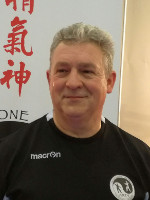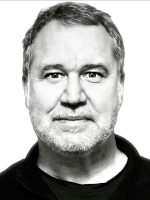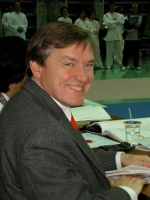place: Střelecký ostrov (Shooting Island)
12–14 September 2025
Friday
- 10:00 ‑12:30 — workshops
- 14:30 ‑14:50 — practice in pairs: Tap Sao
- 14:50 ‑17:00 — practice in pairs: Free push-hands
- (17.00 — 18:30 — Private fencing lessons for long-term students of Tomasz Nowakowski only. Sorry for the others.)
19:00 — .. Those interested can meet for dinner together. Pivovar Národní, Národní 8 (map)
(Not included in the registration fee.)
Saturday
- 10:00 — 12:30 — workshops
- 14:30 — 14:50 — practice in pairs: Tap Sao
- 14:50 — 17:00 — practice in pairs: Free push-hands
- 17:00 — 18:00 — break, preparation for “Gala” evening
- 19:00 — … forms exhibitions
- party
Sunday
- 10:00–12:30 — workshops
- 14:30–14:50 — practice in pairs: Tap Sao
- 14:50–17:00 — practice in pairs: Free push-hands
- Workshops – Experienced teachers will present their methods of work in Tai Chi Chuan and/or push hands.
- Practice in pairs
- 4×5 minutes of Tap Sao
- Free push-hands: Participants will individually agree on how they want to practice in pairs. They will practice in 10-minute rounds. Participants will agree on the type of practice (free push hands vs. form push hands, with steps vs. without steps). The level is always adjusted to the practitioner with less experience.
- Gala-evening – Space for presentations of styles, schools, and forms as well as a friendly meeting.
Teachers
Mauro Bertoli
Biography

Mauro Bertoli
…
Workshop Topic
…
Links
- …
- …
Martin Neumann
Biography

Martin Neumann
…
Workshop Topic
…
Links
- …
- …
Tomasz (Thomas) Nowakowski
Biography

Tomasz (Thomas) Nowakowski
Tomasz (Thomas) Nowakowski living in London, visual and martial artist. He has studied different martial arts since 1966 and has been teaching T’ai Chi Ch’uan and Qi Gong since 1982. During the last 30 years, Thomas has taught Tai Chi Chuan and Qi Gong in many countries: Austria, Czech Republic, France, Germany, Italy, Poland, Slovakia, Taiwan and the United Kingdom. He has led workshops at his own school as well as for different companies, and cultural and educational institutions. Thomas was a judge at the Open National Championship of Taiwan in 2004. He is a co-founder of The Centre of Taoist Arts Golden Hill (Zlaty Kopec) in Prague, the International Push Hands Meeting in Prague and founder of Tai Chi Art Centre London. In 1990 he met his current teacher Dr Ming Wong C.Y. and studied his family style Tai Chi, Tai Ki Kung San Fung and some techniques and theories of Chinese medicine. Thomas is the author of “Shapes of Balance” system (structured development of perception).
Workshop Topic
“When you understand a technique, you know a technique. When you understand a concept, you know a thousand techniques.”
Understanding a concept is the core of my Shapes of Balance teaching system.
The topic of my workshop will be practical research of a concept of Chang San Feng 13th Fundamental Forms Tai Chi in individual forms and their applications with partners in Tuishou (Pushing Hands). Based on the comparison examples from San Feng and Yang styles. We will be working with timing, coordination, the balance of structure and awareness of movements in action with partners.
Links
- Centre of Taoist Arts Golden Hill (home page)
- Tai Ki Kung
